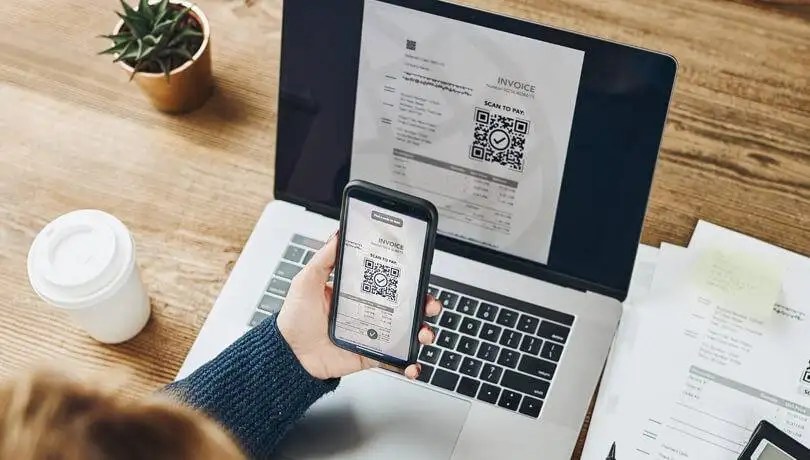In today’s rapidly evolving digital economy, traditional paper-based invoicing is being replaced by smarter, more efficient solutions. Among them, e-invoicing (electronic invoicing) has emerged as a game-changer for businesses seeking to streamline operations, improve accuracy, and reduce costs. With regulatory bodies across the globe also adopting digital mandates, e-invoicing is no longer just an option—it is becoming a necessity.
This article explores what e-invoicing is, its advantages, and how businesses can successfully adopt it to future-proof their financial processes.
What Is E-Invoicing?
E-invoicing refers to the electronic generation, exchange, and processing of invoice documents between a supplier and a buyer in a structured digital format. Unlike simply sending PDFs or scanned images of invoices by email, true e-invoicing involves the transmission of data between systems using standardized formats, which can then be automatically read and processed without manual input.
The process typically involves:
- Creating invoices through an accounting or ERP system
- Sending them through a secure digital platform
- Automatic validation and integration into the buyer’s financial system
Why E-Invoicing Matters
1. Increased Accuracy
Manual invoicing processes are prone to human error—mis keyed figures, incorrect VAT rates, or missed invoice numbers. E-invoicing dramatically reduces these mistakes by eliminating manual data entry.
2. Faster Payments
With faster invoice delivery and fewer errors to resolve, payment cycles are shortened. This can improve cash flow for suppliers and reduce processing time for buyers.
3. Cost Savings
E-invoicing eliminates the need for printing, postage, and paper storage. It also reduces labour costs related to manual entry, approval, and reconciliation.
4. Compliance and Audit Readiness
Many countries are introducing e-invoicing mandates to prevent tax fraud and improve transparency. Digital invoices are easier to archive, retrieve, and validate, making audits more straightforward and compliant with local regulations.
Key Benefits of E-Invoicing
-
Real-time processing:
Invoices are transmitted instantly, allowing for immediate review and acceptance.
-
Environmental sustainability:
Reduction in paper use aligns with green business initiatives.
-
Enhanced security:
Digital platforms include encryption and authentication, protecting sensitive financial data.
-
Scalability:
As your business grows, e-invoicing systems can handle larger volumes without added strain on your team.
-
Improved relationships:
Faster, accurate invoicing builds trust between buyers and suppliers.
Steps to Implement E-Invoicing
-
Assess your current invoicing process:
Identify pain points and goals for digital transformation.
-
Choose the right e-invoicing solution:
Choose the right e-invoicing solution that is compliant with local regulations and compatible with your systems.
-
Train your team:
Ensure that both the finance and IT departments understand how to use and support the new system.
-
Engage suppliers and customers:
Communicate clearly about the transition and offer support where needed.
-
Monitor and optimize:
Use analytics tools to measure efficiency gains and identify areas for further improvement.
Conclusion
E-invoicing is revolutionising the way businesses manage financial transactions. By embracing this technology, organisations can not only reduce costs and errors but also boost operational efficiency and compliance. As global trends continue to shift towards digital solutions, now is the perfect time to invest in e-invoicing and position your business for long-term success.
You may also like
-
Customized Treatments to Tame Travel Tension: Traveler’s Tranquil Touch
-
How To Choose Scissor Lift Tables For Your Warehouse
-
Redefining Comfort and Quality Through Expertly Managed OP Services at All Times
-
Staying Loyal Over Time Builds Strong Careers in Korean Office Culture
-
Efficient Local Cannabis Delivery Services: A Proximity-Based Solution


